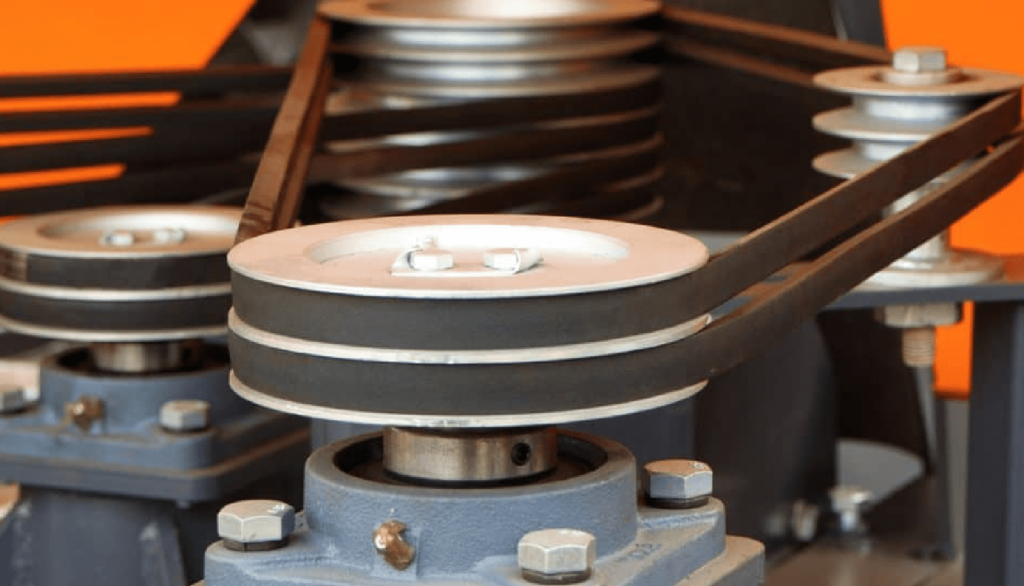Choosing the right V-belts for your sports car is a crucial aspect of maintaining its performance and reliability. A V-belt is an essential part of your sports car’s engine because it plays a role in driving various systems of the vehicle. A V-belt helps transfer power to key components like the alternator, water pump, and air conditioning system.
Keilriemen kaufen is stocked with various types of V-belts for your sports car or any other kind of vehicle.
Choosing the right automotive V-belt ensures smooth performance and prevents engine problems.
Here are the 6 important factors to consider when selecting a V-belt for your sports car:
The Environment
The environment where you drive your sports car plays a role in choosing a V-belt. If you drive in very hot conditions, the V-belt will weaken sooner. On the other hand, cold temperatures can make it stiff, reducing its flexibility.
Some environments are dusty and abrasive, hence wearing down the V-belt quickly.
So choose a V-belt that is designed for your type of environment. You need to state your operating temperature range when purchasing. For instance, a dusty or abrasive environment calls for a wrapped or cogged V-belt.
Belt Size and Length
The size of the automotive V-belt should match your car’s engine requirements. A belt that is too tight can cause excess wear, while a loose belt may slip and fail to function properly. Always check your car’s manual or consult a professional to find the correct size.
Material and Durability
V-belts come in different materials, including rubber, polyurethane, and reinforced fiber. A high-performance sports car needs a durable belt that can handle heat and friction. Look for belts with reinforced cords, as they last longer and provide better strength.
Again, choose belts from reputable brands that guarantee quality and durability.
Heat and Wear Resistance
Sports cars often generate more heat due to their powerful engines. A good automotive V-belt should be heat-resistant to prevent cracking or breaking. Belts with advanced rubber compounds or Kevlar reinforcements perform better in high-temperature conditions.
Tension and Flexibility
Proper tension is important for a V-belt to work efficiently. Some belts have self-tensioning features, while others require manual adjustment. A flexible belt reduces strain on the pulleys and extends the life of the engine components. So it is important that you go for one that can be properly fitted.
Compatibility with Engine System
Not all V-belts fit every engine. Some cars require a single V-belt, while others use multiple belts for different functions. Before purchasing, check if the belt is compatible with your car’s make and model to avoid performance issues.
Wrapping It Up
Choosing the right automotive V-belt for your sports car improves performance and prevents engine problems. Investing in a high-quality V-belt will keep your vehicle running smoothly and efficiently. Always consult your car manual or a mechanic for the best choice.
Also, Remember to regularly inspect the condition of your belts and replace them as per the manufacturer’s recommendations to avoid any unpleasant surprises on the road.


